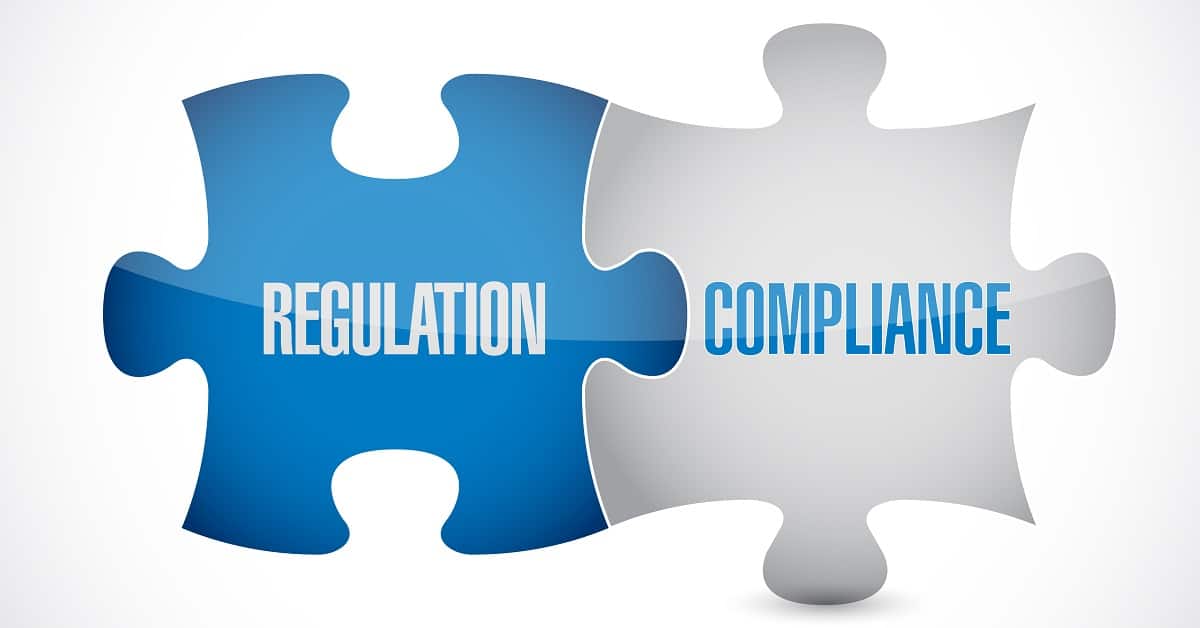The OIG and the Healthcare Compliance Association (HCCA) held a roundtable to discuss a broad range of ideas regarding how healthcare organizations can measure their compliance program effectiveness.
These ideas are contained in a document, “Measuring Compliance Program Effectiveness – A Resource Guide,” which addresses both what and how to measure compliance with the standard seven elements of a compliance program:
- Standards, Policies, and Procedures
- Compliance Program Administration
- Screening and Evaluation of Employees, Physicians, Vendors and other Agents
- Communication, Education, and Training on Compliance Issues
- Monitoring, Auditing, and Internal Reporting Systems
- Discipline for Non‐Compliance
- Investigations and Remedial Measures
For example, the guide suggests that organizations can measure third party and non‐employed clinician contracts to ensure they have an obligation to cooperate in investigations. This can be measured by (1) contract review, and (2) inventory of agreements with third parties and non‐employed clinicians to make sure they understand their obligation to cooperate with investigations.
The OIG intends for organizations to select from among the roughly 50-pages of ideas that are most suitable to the organization; the OIG states that it “is impractical and not recommended” to use all or even a large number of these measures in any given year. Moreover, the OIG discourages use of the resource guide as a standard or a certification, since “one size truly does not fit all.”

Lisa is a turnaround expert who excels in navigating unsteady, complex, and ambiguous environments. She has provided C-suite education to over 10,000 organizations in the home care sector for decades. Lisa’s trusted voice in the industry has been recognized for her ability to manage disruption, identify new growth and revenue opportunities, and develop high-level engagement strategies between home care and referral partnerships. Her contributions are instrumental in advancing the future of home care.


